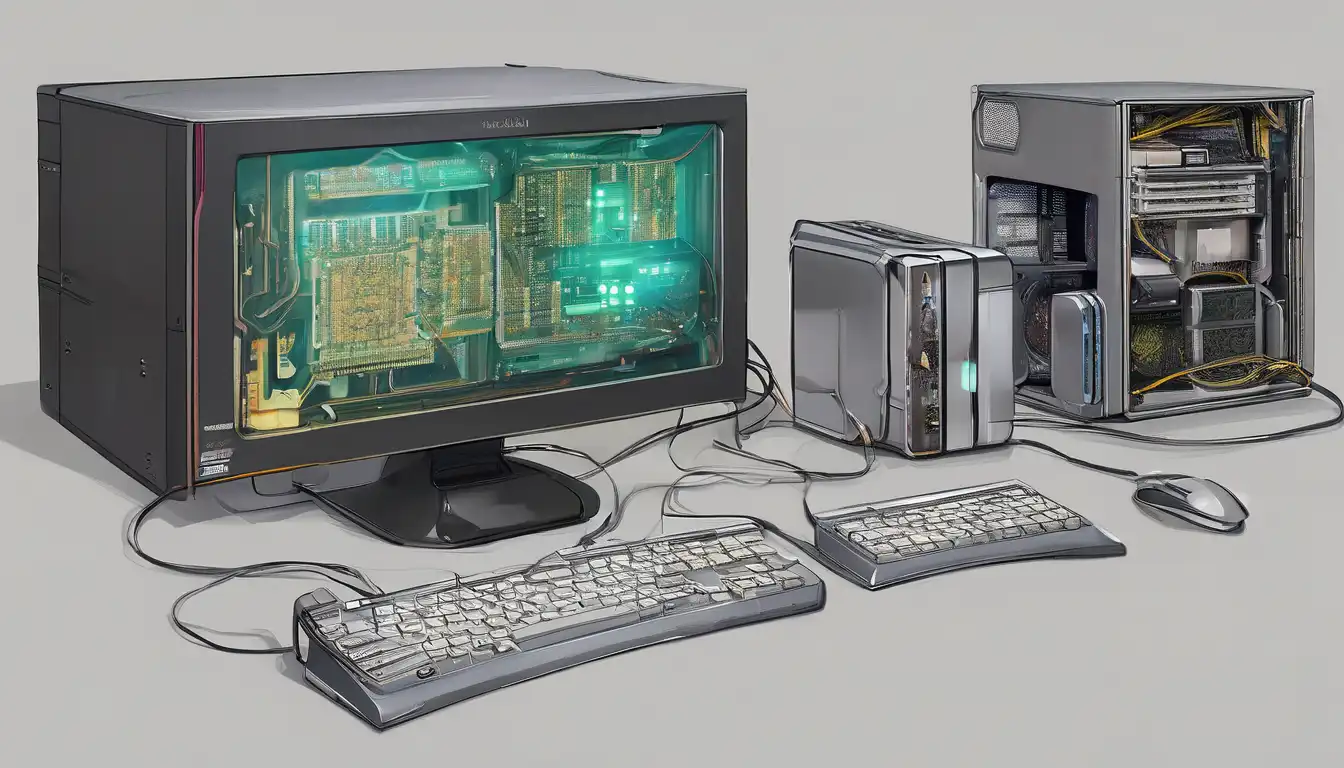Revolutionary Advances in Computer Hardware Technology
The landscape of computer hardware technology is undergoing unprecedented transformation, with innovations emerging at an accelerated pace. From quantum computing breakthroughs to AI-optimized processors, the latest developments are reshaping how we interact with technology. These advancements promise to deliver unprecedented performance, efficiency, and capabilities that were once confined to science fiction.
Next-Generation Processor Architectures
The processor market has witnessed remarkable evolution with the introduction of 3D stacking technology and chiplet designs. Major manufacturers like Intel, AMD, and ARM are pushing boundaries with heterogeneous computing architectures that combine different types of cores for optimal performance. The latest processors feature advanced node technologies, with some reaching 3nm and even 2nm processes, delivering significant improvements in power efficiency and computational density.
Key innovations include:
- AI-accelerated processing units integrated directly into CPUs
- Advanced thermal management solutions for sustained performance
- Quantum-inspired computing architectures for specific workloads
- Energy-efficient designs targeting sustainability goals
Memory Technology Breakthroughs
Memory technology has seen substantial improvements with DDR5 becoming mainstream and DDR6 already in development. The latest memory modules offer double the bandwidth of previous generations while maintaining lower power consumption. Non-volatile memory technologies like 3D XPoint and MRAM are bridging the gap between traditional RAM and storage, enabling new computing paradigms.
Notable developments include:
- High-bandwidth memory (HBM) integration with processors
- Persistent memory solutions for instant-on computing
- Advanced error correction technologies for mission-critical applications
- Memory compression and optimization algorithms
Storage Revolution: Beyond Traditional SSDs
The storage sector continues to evolve with PCIe 5.0 SSDs delivering unprecedented read/write speeds exceeding 14,000 MB/s. New form factors and interface standards are enabling denser storage solutions while maintaining thermal efficiency. Computational storage drives that include processing capabilities are emerging, offloading tasks from main processors and improving overall system performance.
Recent innovations feature:
- QLC and PLC NAND flash for higher density at lower costs
- NVMe-oF (NVMe over Fabrics) for enterprise storage networks
- Heat-assisted magnetic recording (HAMR) for traditional HDDs
- Storage-class memory technologies
Graphics and AI Acceleration
Graphics processing units have transcended their traditional role, becoming essential for AI training, scientific computing, and real-time rendering. The latest GPUs feature dedicated AI cores, ray tracing acceleration, and advanced upscaling technologies. Integration between CPUs and GPUs continues to improve, with unified memory architectures and faster interconnects.
Key advancements include:
- Real-time ray tracing and path tracing capabilities
- Dedicated tensor cores for AI acceleration
- Advanced cooling solutions for high-performance computing
- Multi-chip module designs for scalability
Connectivity and Interface Standards
The latest hardware innovations extend to connectivity solutions with USB4 becoming widespread and Thunderbolt 5 on the horizon. Wireless technologies like Wi-Fi 7 and 5G integration are becoming standard features. Power delivery systems have evolved to support higher wattages while maintaining efficiency, crucial for modern computing demands.
Notable interface improvements:
- PCIe 6.0 specification with doubled bandwidth
- Advanced display interfaces supporting 8K and beyond
- Integrated wireless connectivity solutions
- Power management innovations for mobile devices
Cooling and Thermal Management
As component densities increase, thermal management has become critical. Liquid cooling solutions are becoming more accessible, while advanced air cooling designs push the boundaries of heat dissipation. Phase-change cooling and immersion cooling technologies are emerging for extreme performance scenarios, enabling sustained high-performance computing without thermal throttling.
Cooling innovations include:
- Vapor chamber technology for efficient heat spreading
- Active cooling solutions with intelligent control systems
- Materials science advancements in thermal interface materials
- Silicon photonics for reduced heat generation
Quantum Computing Hardware
While still in early stages, quantum computing hardware has made significant strides. Superconducting qubits, trapped ions, and photonic quantum computers are all showing promise. Error correction techniques and qubit stability continue to improve, bringing practical quantum computing closer to reality. These developments represent the frontier of computing hardware technology.
Sustainability and Energy Efficiency
Modern hardware innovations increasingly focus on sustainability. Power-efficient designs, recyclable materials, and extended product lifecycles are becoming priorities. Manufacturers are implementing circular economy principles, with modular designs that allow for easier upgrades and repairs. Energy harvesting technologies are being integrated into some systems, reducing reliance on traditional power sources.
Future Outlook and Emerging Trends
The trajectory of computer hardware technology points toward even greater integration, specialization, and intelligence. Neuromorphic computing, optical computing, and biological computing represent the next frontiers. As Moore's Law approaches physical limits, alternative approaches like 3D integration and specialized accelerators will drive future innovations.
These hardware advancements are transforming industries across the board, from healthcare and finance to entertainment and scientific research. The continued pace of innovation ensures that computer hardware technology will remain a dynamic and exciting field, with each breakthrough opening new possibilities for what computers can achieve.
For more insights into specific hardware categories, explore our comprehensive guides on processor technology and storage innovations.
